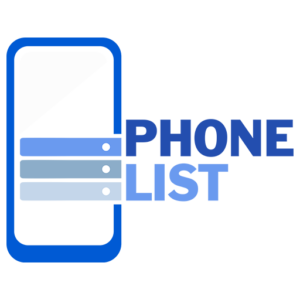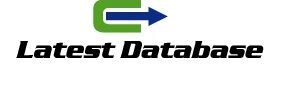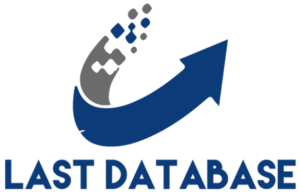Without headings, your content is hard to read and search engines have a harder time understanding what it means. Hierarchy and distribution of headings .
Having a good distribution of headings every 300 words or so will help make your content readable and also tell search engines what’s coming next.
That being said, headings need to be logical. You local marketing email list can’t just stop your content to insert a heading for the sole purpose of SEO. Instead, write your content with headings in mind to create a clear, logical flow.
When using headings, reserve H1 for the blog title. H2 is what you will use for the main headings. H3 will help you dive deeper into the content inside the H2. And in rare cases, some blogs use H4.
The title you use should make it clear whether the topic is a subset of what you discussed above, or whether it is a new idea or topic that you are moving on to.
5. Bullet points and number lists
Breaking up your content with bullet points this makes it a lot easier to connect and number lists will make it easier for users to skim through it. These lists will also make your content seem less intimidating.
A list can be used to draw attention to your content or simply make it look more attractive. Don’t include lists just for the sake of it, but when your content offers the opportunity, take full advantage of it.
6. Paragraph and sentence length
Great content still needs to be broken down sault data into bite-sized chunks. Short paragraphs and sentences will make your content more readable.
This doesn’t mean your content should look choppy. Or that long sentences don’t add value.
But overall, you want your content to be engaging to the reader. No one wants to read long paragraphs with complex sentences that tax their brains too much. Your users are probably there to relax or learn about a topic.






